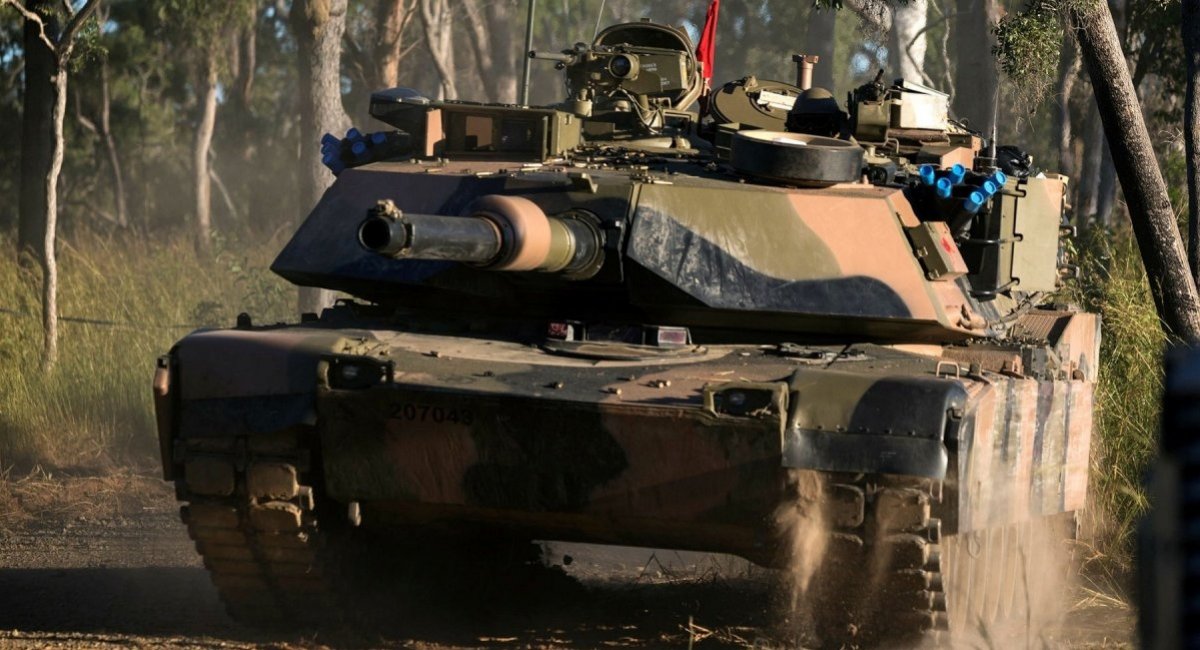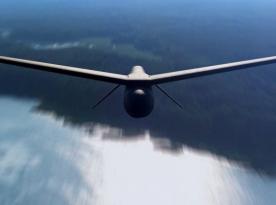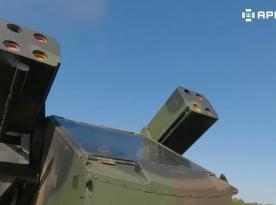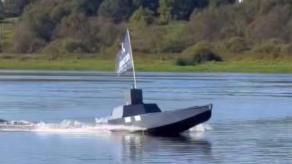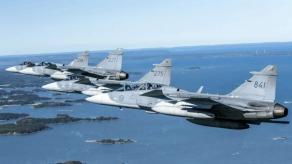None of the 49 Abrams tanks that Australia planned to transfer to Ukraine in October 2024 have left the country yet, aggravating the uncertainty over whether they will reach Ukraine at all. This situation, however, reflects deeper issues between the countries than just organizational problems of sending armored vehicles.
According to Australia’s ABC News, Canberra has yet to receive U.S. permission to re-export the Abrams tanks. The tanks in question were officially decommissioned by mid-2024, as the Australian military transitions to the newer M1A2 SEPv3 variant.
Read more: Australian Donation of Abrams Tanks to Ukraine May Face "Complications" Over Trump's Decisions
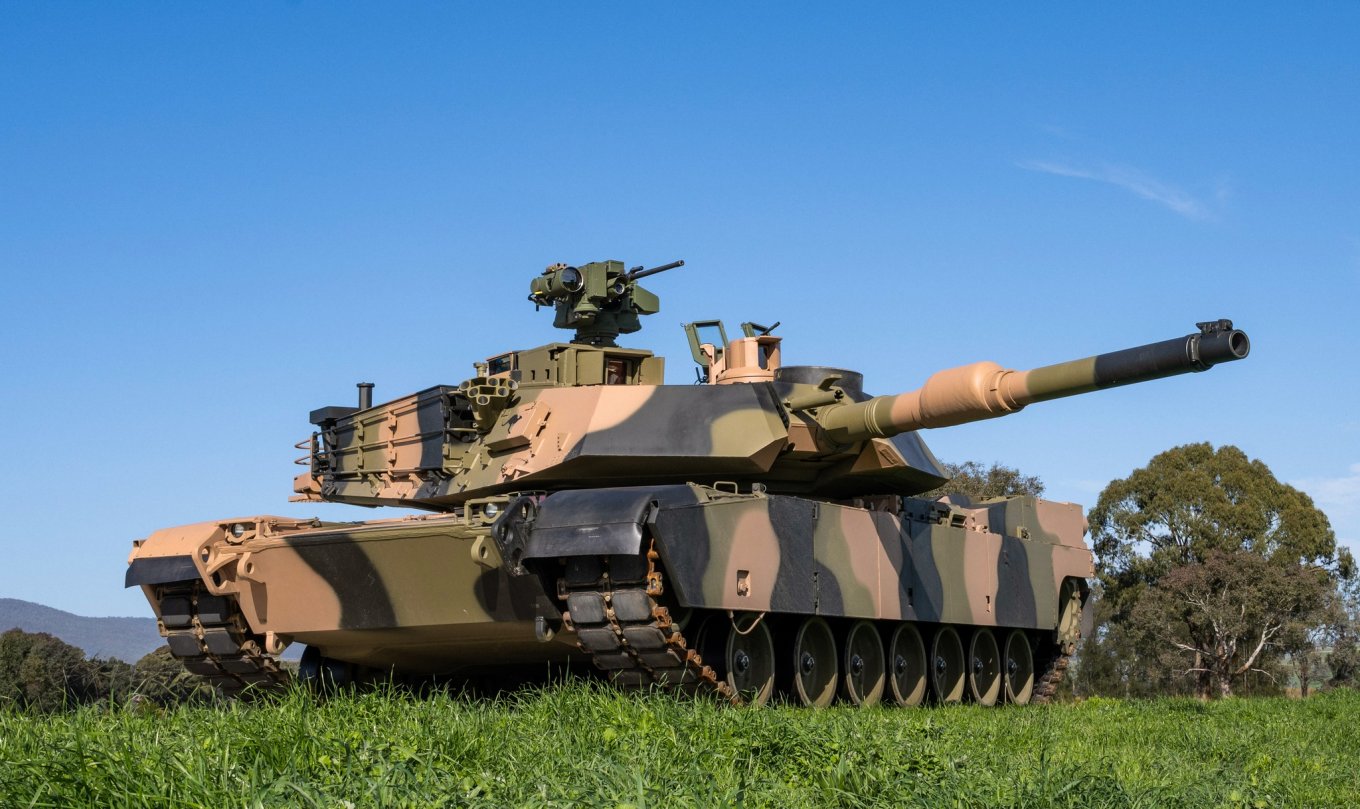
Defense Express earlier drew attention to the mounting "complications" that this transfer may face because of Washington’s position.
Initially, the U.S. pointed to difficulties of supplying spare parts. However, Ukraine already operates 31 M1A1 SA Abrams tanks of the same version Australia intends to send, and similar challenges were previously overcome. Depleted uranium armor, often cited as a decision-making factor, is not an issue either, since the Australian tanks are simply not equipped with it.
The situation grew more complicated with Donald Trump’s return to power. Australia could no longer rely on U.S. military logistics to transport the tanks to Europe. The week-long pause in U.S. arms deliveries to Ukraine under the Trump administration cast further doubt if the transfer was possible at all; and even after aid resumed, nothing changed.
Now anonymous Australian officials have begun floating alternative justifications, along the lines that Ukrainians actually wouldn't want these vehicles anyway, citing their vulnerability to drone strikes. Others imply that a peace settlement may be approaching, and it would be "embarrassing to have the tanks on board ships in the middle of the ocean." Additional excuses include a supposed shortage of personnel to oversee transport operations.
Yet these arguments sound unconvincing even to Australians themselves. Ukrainian forces understand the demands of drone-intensive warfare better than most, and they are fully aware which combat vehicles are relevant on the battlefield or not.
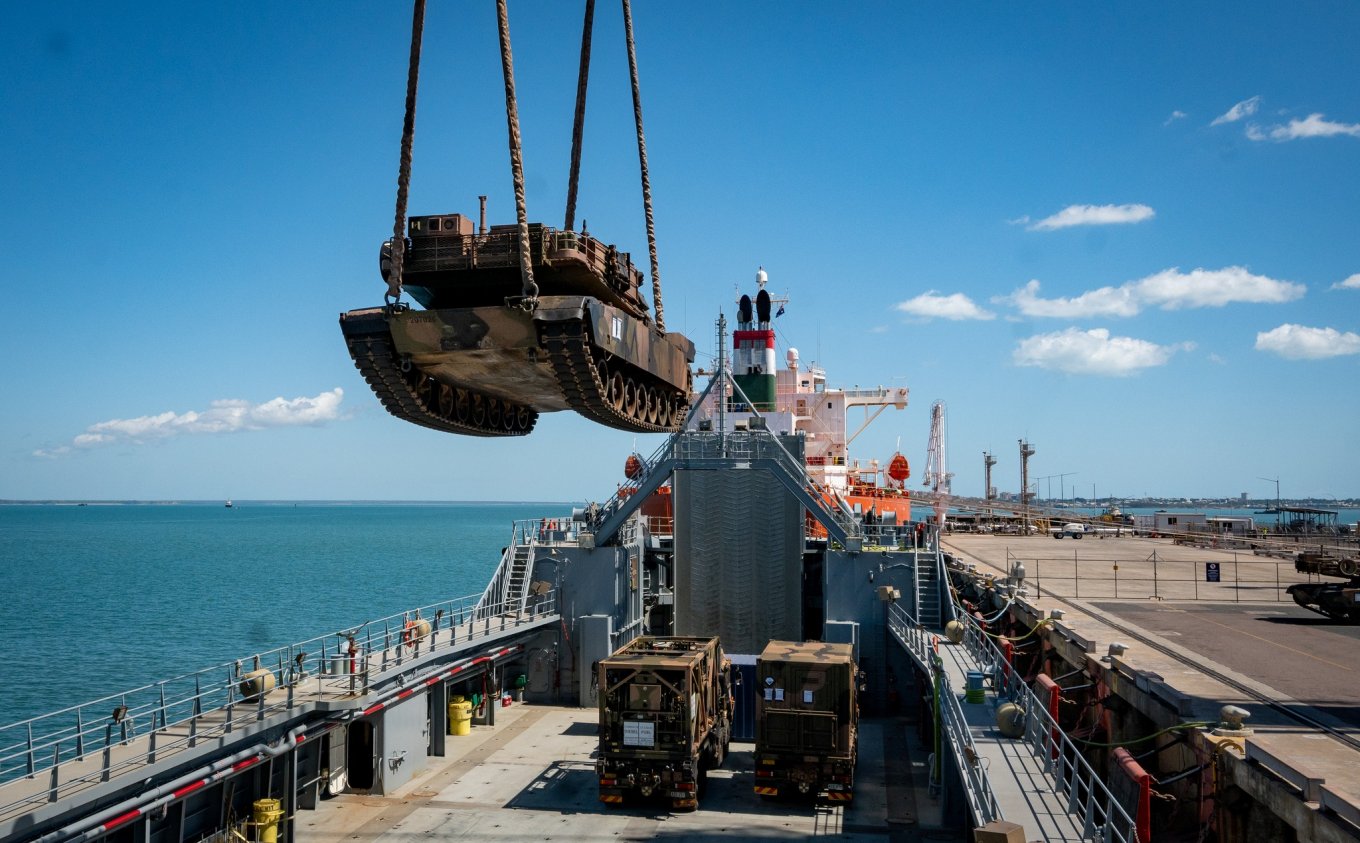
For a reminder, Ukraine officially submitted a request for Abrams to Canberra in 2023 when FPV drone warfare was already in full swing. The prospect of serious peace negotiations is also far less immediate than the time it would take to ship the tanks.
Ultimately, the issue goes far beyond the non-arrival of these 49 Abrams. The core problem lies in the Trump administration’s refusal to authorize re-export — and in Canberra’s reluctance to press the matter, perhaps fearing to spoil relations with Washington. Rather than advocate for a transfer it once promised, the Australian government appears more willing to look for reasons not to follow through.
For Ukraine, where a significant portion of its arsenal depends on U.S.-made equipment, access to a predictable and functional re-export mechanism is essential. Further development of the situation around stalled Australian Abrams MBTs risks becoming a very dangerous precedent.
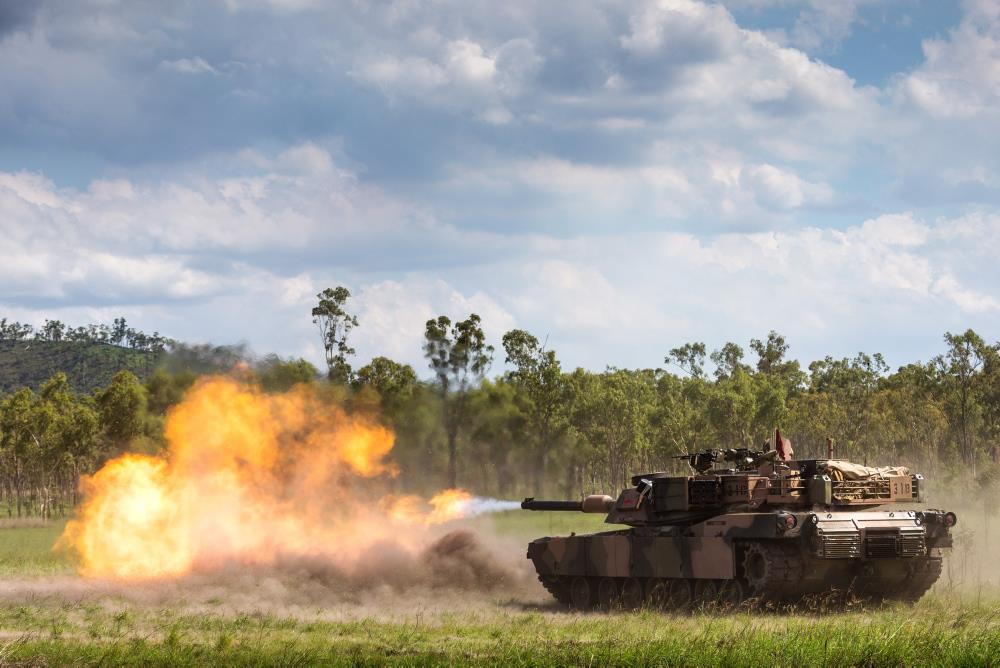
Read more: Australia Doesn't Believe in Treat From russian Tu-95MS Bombers, But Just in Case, Let's See What Air Defenses It Has



